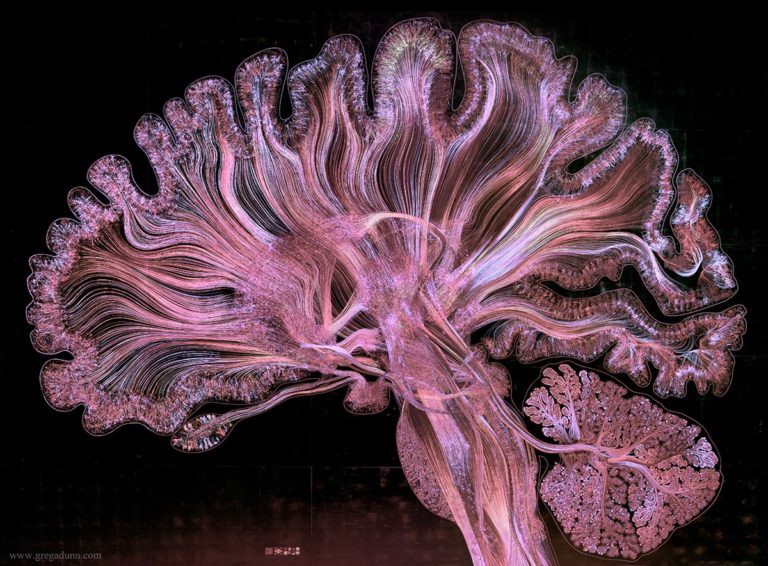The Science Behind “Fake It Till You Make It”
I believe that our emotions can be used not only defensively, to make the best of whatever challenge we may encounter. They can also be used offensively, to proactively create the right conditions for performance.
To explain how, let’s start with a simple question: why do we have moods? What puts us “in the mood” to do one thing over another?
This paper suggests an intriguing possibility: moods are our brain’s way of creating momentum.
Imagine two furry little creatures sometime before the last Ice Age, searching for food in a harsh environment. They find a piece of fruit, a precious source of sugar and carbohydrates. And then they find fruit on a second tree. And a third.

Furry #1 has no emotions or moods. He is a cold and calculating logical machine (I mean, just look at him). He registers the fact that he’s found three pieces of fruit in a row, but this doesn’t get him too excited. He knows, logically, that past performance is no guarantee of future success.
Now let’s take Furry #2. He is emotional, and prone to mood swings. He finds the first piece of fruit, and is pleased. He finds the second one, and experiences a disproportionate jump in happiness at his incredible luck. And then he finds the third one, and his happiness explodes. He’s positively ecstatic about his good fortune, and can’t wait to find more.
The question is, which of our furry friends would be better equipped to survive their environment?
At first you might think, well of course Furry #1, the unemotional one, would be better at surviving. He doesn’t struggle with priorities and procrastination. He always executes the next logical task. He doesn’t experience the highs and lows of moods. He certainly doesn’t experience depression, have his hopes dashed, or feel emotional resistance to the task at hand.
But it is actually Furry #2, our emotional friend, who is more likely to survive, and reproduce, and pass his moody genes on to us.
To understand why, consider how nature works. Sources of reward (like fruit) are not random events, like a coin being flipped. Sources of reward in nature are highly correlated — they tend to rise and fall together. If it rains, all the trees in the area will produce fruit all at once. It actually makes sense, if you find something juicy, to expect to find more.
Furry #2 experiences a little reward, just three pieces of fruit, and his brain extrapolates how much future reward it expects to receive. In other words, its expectations increase much more rapidly than his stoic friend’s, prompting him to drop everything and take immediate action to collect as much fruit as he can, before it disappears.
His brain is helping him survive by making him temporarily more sensitive and responsive to a new opportunity. It is moving him to take action faster, by putting him “in the mood” to collect more fruit.

This may explain why “fake it till you make it” works in such a wide variety of situations. It’s not a cheap trick. By creating a small, unexpected reward (say, a public speech going better than expected), you can prime your emotions to be more sensitive to similar rewards in the future. This sensitivity puts you “in the mood” to take more action, bringing even more rewards. Action primes emotion, and then emotion primes further action.

Fast forward to modern work. Many people seem to believe that shutting down their emotions and banishing their moods will make them more productive. They see their internal dialogue as a threat, always pushing them off task or distracting them with worrying.
But what if moods and emotions are our most powerful tools in creating valuable work? What if understanding the subtle levers and triggers that shift our mood one way or another is one of the greatest sources of leverage at our disposal?
I believe that is the case. Which is why I believe that personal growth is inextricably tied to performance. Like emotion and action, each primes the other. Recruiting the power of emotions is not a matter of productivity tips and hacks. It takes deep self-awareness. It depends on intimate knowledge of the unique landscape of your internal mental environment.
Want to go deeper? Check out Building a Second Brain, my online bootcamp on using digital tools to enhance creativity and productivity, starting July 17th.
Originally published at medium.com


